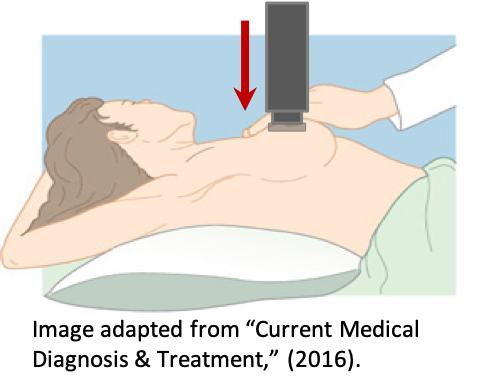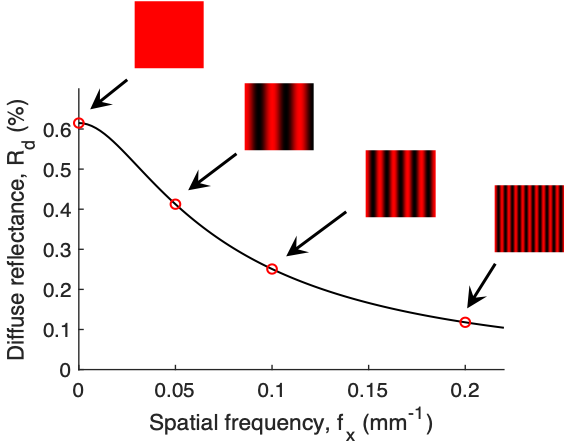
Non-invasive breast cancer monitoring
Project overview
Because the vasculature of breast tumors tends to differ from that of healthy tissue, there exists an opportunity for us to monitor the progress of the tumor non-invasively using near-infrared imaging. Because hemoglobin is the dominant absorber of light in the near-infrared range, optical imaging is sensitive to the endogenous that comes from increased blood volume, as well as differences in oxygen saturation of the blood. Additionally, work by other labs indicates that abnormal tumor vasculature reacts differently than healthy vasculature to perturbations. In this work, local compression of the breast is used to evoke a hemodynamic response. The goal is for the characteristics of this response to be used as a biomarker for healthy vs malignant tissue, which can be used to track the progress or regression of a tumor during chemotherapy. The application of pressure to the breast also serves to compress the healthy tissue on top of the tumor, bringing the tumor closer to the surface and within the detection range of spatial frequency domain imaging (SFDI) which is described in more detail below. SFDI is chosen for this project because the instrumentation can be built at small form-factor inexpensively, enabling us to develop a hand-held device which could one-day be used for frequent monitoring of breast cancer in the patient’s home.

Spatial frequency domain imaging
Spatial frequency domain imaging (SFDI) is wide-field diffuse optical imaging method that can separate the effects of light absorption and light scattering within tissue, allowing for quantification of concentration of chromophores such as oxy- and deoxyhemoglobin. Spatial frequency domain imaging is based on the principle that light scattering within tissue will cause the medium to act like a spatial low-pass filter when patterned illumination is projected onto the skin. High frequency content in the pattern will be attenuated more than low-frequency content, and characterizing this spatial modulation transfer function allows for quantification of absorption and reduced scattering coefficients of the tissue.

People involved in this project:
